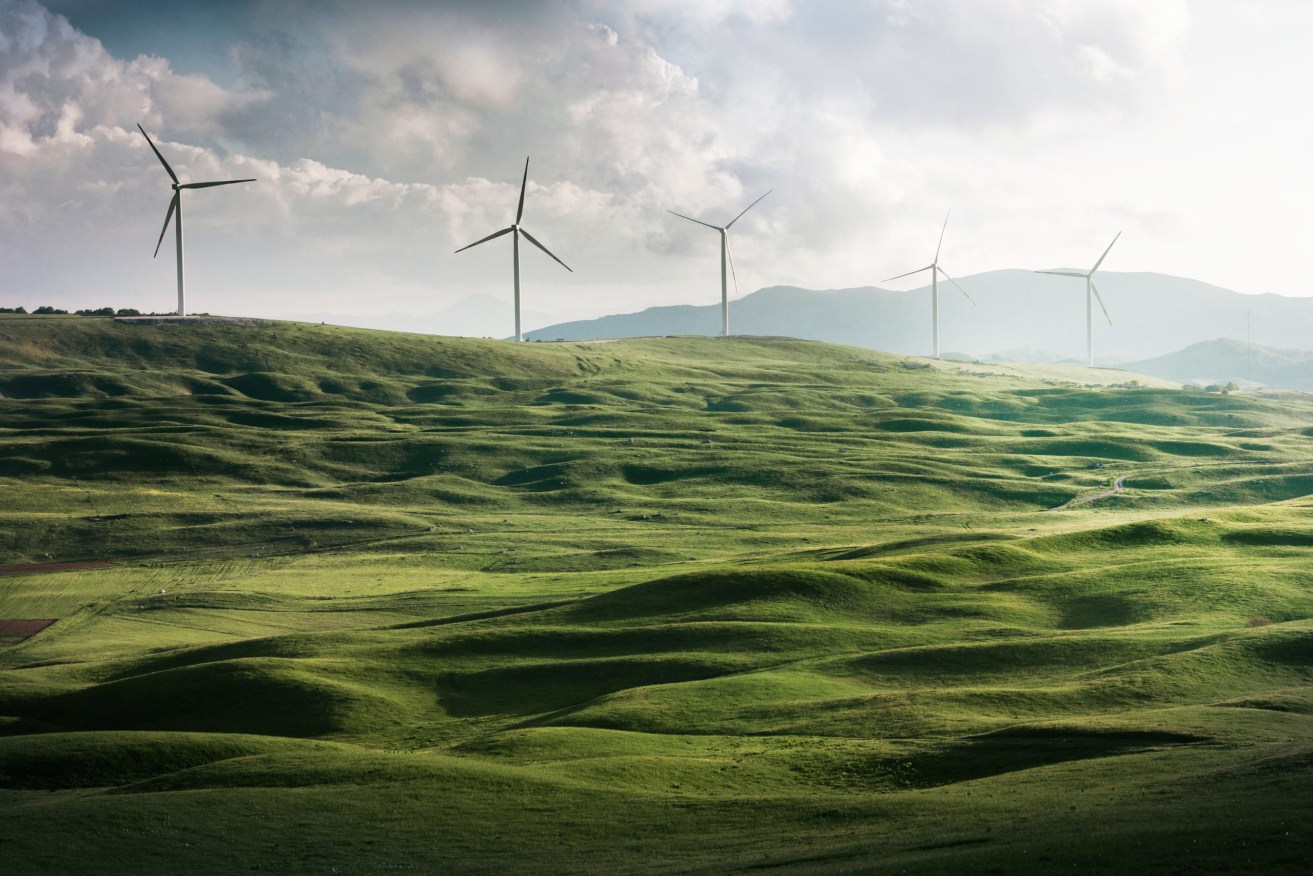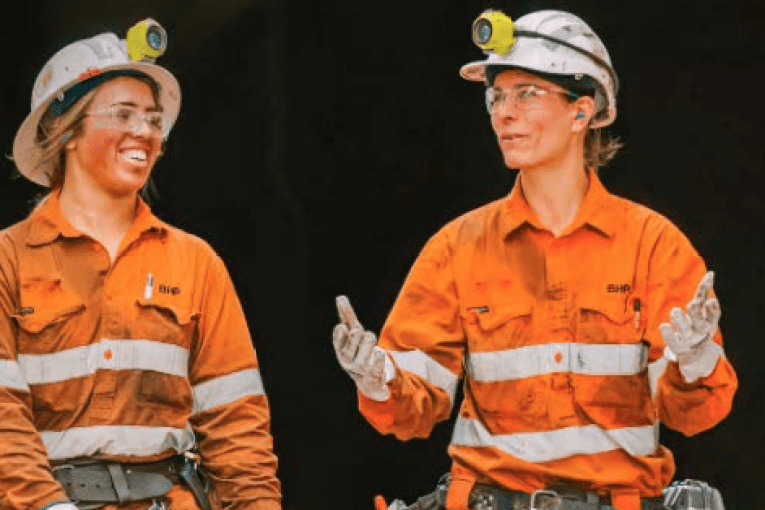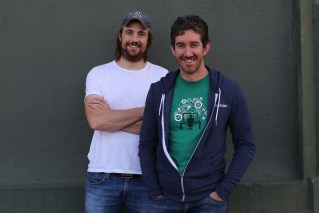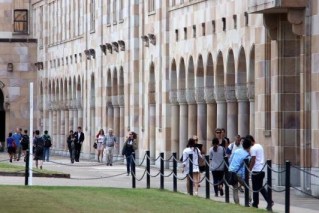Why our hydrogen hopes have gone to water
Hydrogen could be the next big energy industry in Queensland, but it’s not coal that holds the key.


Photo by Appolinary Kalashnikova / Unsplash
Queensland will ignore its massive coal and gas reserves and opt for the often scarce and controversial commodity of water as the basis for its fledgling hydrogen industry.
The move comes as two European steel producers have started using hydrogen rather than coking coal, which is the backbone of the Queensland economy, in their production process in a bid to reduce their carbon footprint.
It’s a small crack in a very big coal industry, but not having an alternative to coking coal in the steel-making process has been the reason why environmentalists have left it alone and pursued thermal coal, which is used to create electricity.
Hydrogen can be created from either fossil fuels (known as blue hydrogen) or water (green hydrogen) and State Development Minister Cameron Dick said Queensland would be pushing the neutral emission route of water.
The decision is contentious because opting for coal would have established another market for a commodity that is waning because of climate change, but the Queensland Government believes coal is fraught with difficulty because of the need to sequester carbon emissions from the process.
Victoria is trying to develop the industry by using its reserves of brown coal to produce hydrogen and sequester the emissions underground.
The minister would not rule out coal entirely but said using water as the source, Queensland can use its renewable energy industry to provide the electricity needed to create hydrogen.
“It’s what the world wants,” Dick said.
“The world is looking to lower its carbon emissions and when our trading partners say this is the road they want to go it’s a great opportunity for us to leverage off that long relationship.
“We have sunshine, land and water, although that (water) is more challenging in recent times.
Those trading partners are Japan and South Korea. Combined with China the three countries have targeted the production of more than 2.5 million hydrogen fuel cell vehicles this decade.
“Japan does not have the capacity to produce the quantity of renewable energy that is required for green hydrogen,” Dick said.
“We are at the demonstration scale. If we can get to commercial production that is the aim of the Government. A five-year horizon is realistic.
“If we can get the technology right and we can get the cost right then you can produce a carbon-neutral energy sources.”












